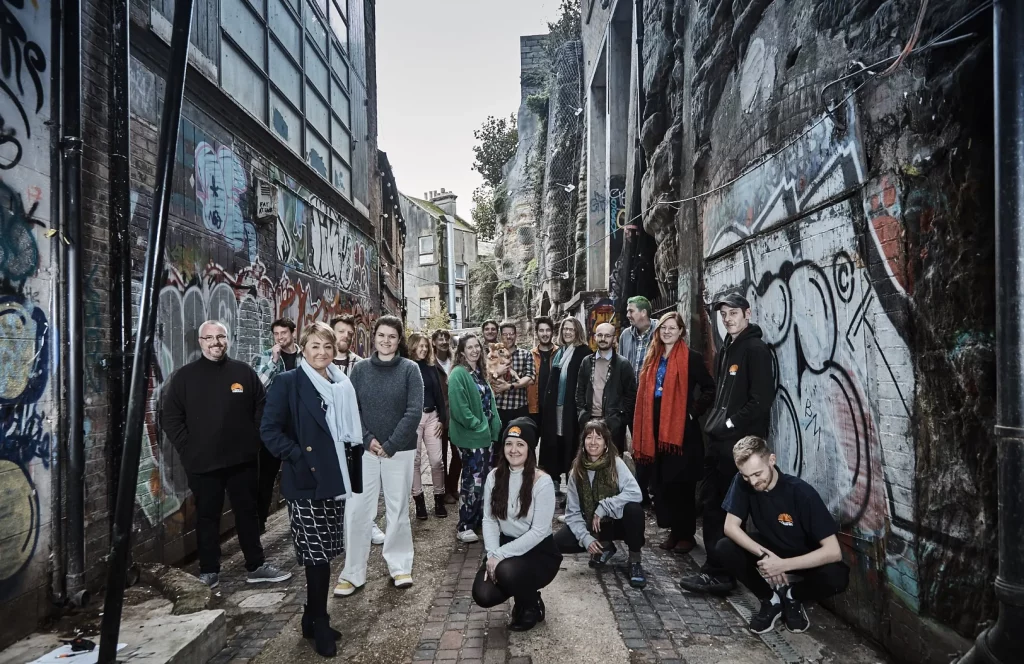The Space-S social housing estate in Eindhoven in the Netherlands is unique in that its design, development and management have been led by its residents. It is a hugely successful example of a project that has taken the principles of community-led housing and applied them to a housing association development. The collaborative project, designed and developed by Eindhoven architects’ firm Inbo, a housing association – Woonbedrijf, and the residents themselves, began with an open call – online and through local events – for prospective tenants interested in participating in the design of the space. This included reaching specific marginalised groups who were invited through social organisations.
More than 1,000 prospective tenants responded and took part in the project which aimed to offer high-quality affordable housing in an inclusive community, on the former industrial base of electronics giant Philips. Residents had a strong influence over the design of the space, through workshops organised to ensure the design processes were inclusive and accessible. The project provides high-quality accommodation for around half the price of a similar apartment in the city centre and encourages people of all age ranges to live side-by-side. It includes homes for young people with learning difficulties, for people with autism and accessible to people using wheelchairs. All residents have incomes below the threshold for accessing social housing, with around three-in-five (60%) receiving government rental support.
This approach has created a continued sense of resident empowerment and community cohesion. Residents are strongly committed to the project and proud of the part they have played in it. Around 600 residents continue to manage many aspects of the estate and to initiate new ideas for its development.

























